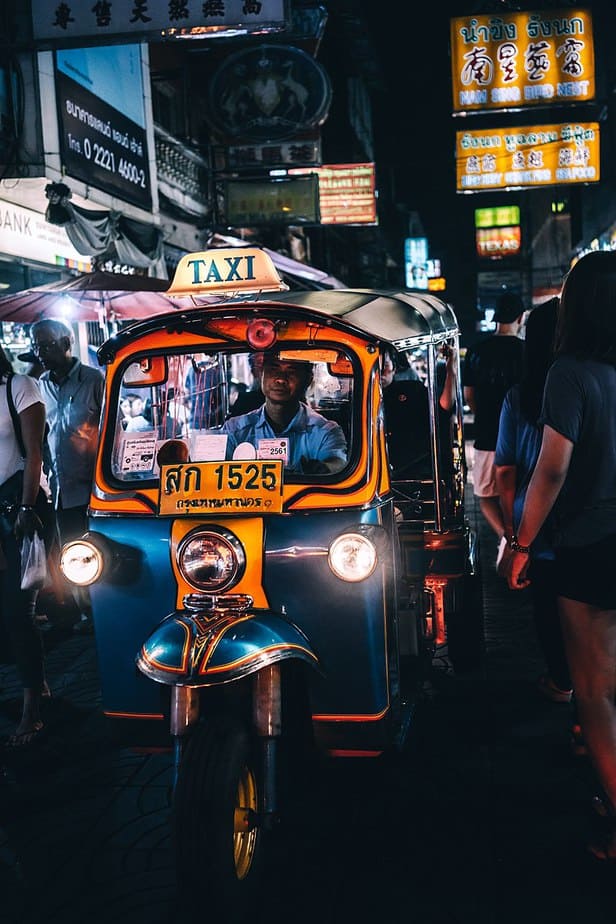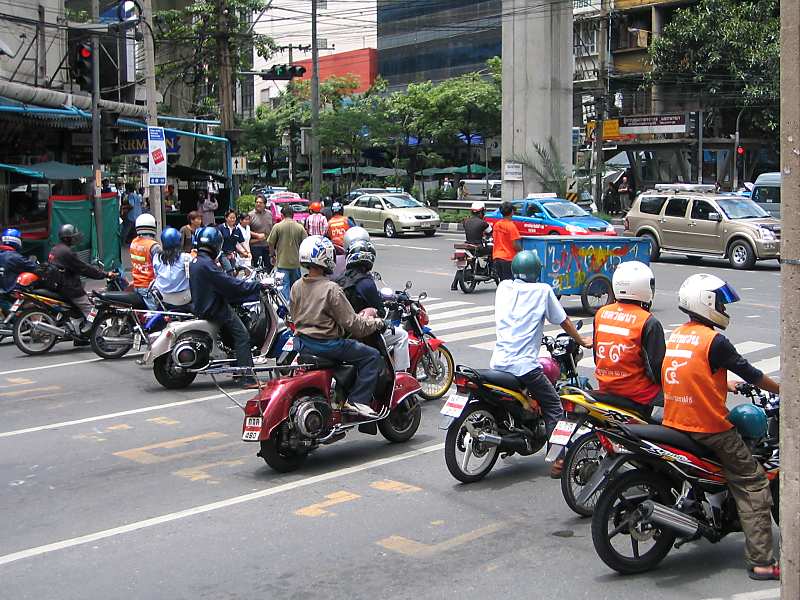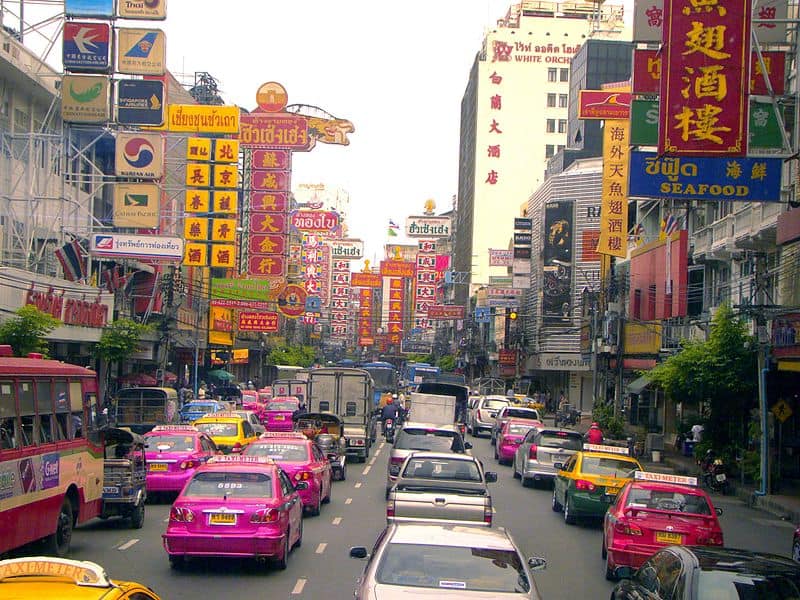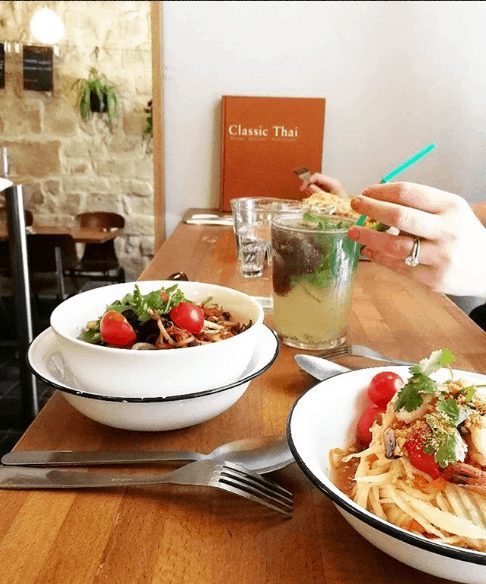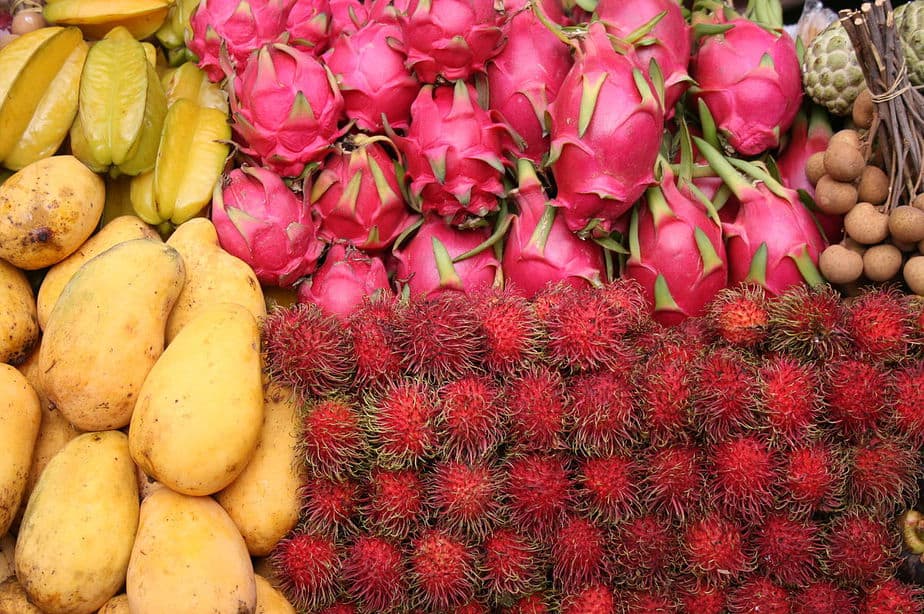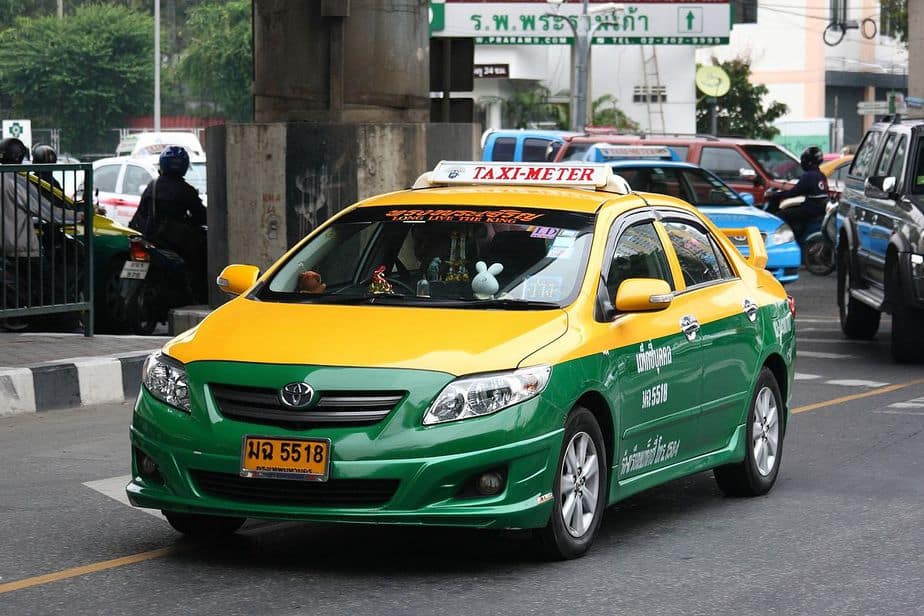The Cost of Living in Bangkok
Many holidaymakers and would-be-nomads alike have long been seeking out regions much further afield than their standard local (or European, if they are Western) options. This has increasingly included some of the burgeoning, yet still-developing Asian nations, in a bid to beat the rising cost of living back home and possibly to experience different climates and cultural angles completely.
Thailand is just one of the SE Asian nations that have witnessed ever-increasing popularity as a tourist destination over the last couple of decades (although there have been dips in this from time to time for various reasons).
It has also slowly attracted more and more people who might, after a brief holiday or a few reads of various misleading blog pages, decided that the country would be an ‘easy’ place to live, with its laid-back lifestyle and low cost of living (none of which, it has to be pointed out, is strictly true).
However, although many parts of Thailand do remain reasonably cheap to live (which speaks for itself), anyone potentially considering a visit to Bangkok, or even a longer-term move, might want to know that the capital city has now become the second most expensive one in which to live within the ASEAN.
For many dedicated and hardcore travellers, the golden rule has always been that the more you can live like the locals, the more you can save. This isn’t usually the case for most people that move to Bangkok, to begin with, at least if they are unfamiliar with (and largely obscured from) the way things work.
And to top that, according to the Numbeo database, the average living cost per (Thai) person in Bangkok is now more than 20,000 THB – and that is not even taking into consideration rental or housing costs.
Living in Bangkok is certainly very different from visiting as a tourist. When you’re in the vicinity for a few days or even a few weeks, with a wad of hard-earned cash in your pocket than you came with the intention of spending, then Bangkok can come across as very cheap in some ways.
If, on the other hand, you are living in Bangkok for an extended period and you don’t have a huge income or massive savings, it’s easy to spend more money than you might like without even realising it. The days of travelling to places like Bangkok and taking on a job like teaching English to pay the way are long gone, too.
This is mainly because the market has been saturated in recent years, reducing the value of teachers and keeping their wages low (with high-level international schools for highly-qualified and experienced teachers probably being the exception)— so along with increased living costs and a strong Thai Baht, many options for extended stays in the city are now unfeasible for many people.
In the SE Asian region only the notoriously expensive Singapore is higher in living costs by comparison to Bangkok, which may be a shock to some people thinking that the ‘land of smiles’ is all cheap & cheerful.
So although Thailand is still considered as a relatively cheap place to live and visit in global terms, the truth is that in Bangkok this is not so true anymore.
Let’s take a closer look at some of the actual living costs in Bangkok.
RENT
As Bangkok is the capital city it is one of the major financial hubs of SE Asia, and hence is on the rather expensive side if you want a Western-style apartment with air-conditioning, etc.
If you also want to be in an area that allows you to live close to a station linked to the public transportation infrastructure (and you probably do) then this will further add to the inclement in living costs.
Rooms, Apartments, and Condominiums
There are obviously many types of accommodation to rent in Bangkok, from small, one-roomed studio ‘apartments’ to 2 or 3-bedroomed ‘condominiums’ in high rises. In fact, depending on the area, in some cases, it may even be cheaper to rent a house than live in a condominium. But the key factor here is indeed the area itself.
Renting (or buying) accommodation in what might be considered ‘central’ Bangkok is almost unthinkable unless you have extensive savings (or an employment package from your own country through which it is covered by the company).
If you can live simply in a small space, in an area that may not be that scenic (or even that welcoming), then it is possible to find a room (which is basically a bedsit or studio type of affair – strictly un-glamorous) somewhere in the region of 4,000-8,000 THB per month.
For the same type of thing in downtown or city centre areas, you would probably need to pay double or even two times more than that.
Don’t expect swimming pools friendly neighbours, or room service in this kind of establishment either, and another thing to consider is that when renting privately electricity and water costs are usually much higher than in a house (which is supplied by the government or electricity company directly) and vary between establishments and owners.
A condominium building usually contains more rooms than an apartment, has more floors and other amenities such as a swimming pool, gym, a restaurant and a shop (though not always), as is pretty much guaranteed to have to air-condition.
Obviously the cost of renting this type of accommodation tends to be much higher than a simple apartment or ‘mansion’. Again this depends largely on the area but is likely to be anywhere upwards of 10,000 THB (although this would probably only get you one bedroom) to 50,000 THB or even more.
The average rental fee for a Bangkok condominium is now placed at around 21,000 THB. Again this is likely to be two or three times more in the city in areas such as some parts of Sukhumvit, Thonglor, Chitlom, Siam and Silom, depending on metres squared and number
On top of all that there are the bills. These will obviously vary from place to place, but to give you some idea of the ‘extras’ that might be involved, you might want to consider the following:
Bills
Electricity, water, and cable TV (if you consider it necessary) along with a reasonable internet connection (again if you need it) are likely to be the main items on any utility bill that comes as part of your rental living costs in Bangkok.
You might also wish to take into consideration the fact that there is no available source of drinking water, as Bangkok tap water is a definite no-no. Some apartments do have purified water dispensers that are definitely the cheapest option. Other than that you’ll be lugging your own water supplies from the supermarket each week (which much cheaper in bulk) although you can get them delivered.
Electricity is probably the main portion of the bill. It will depend on the rate of the condo as although some charge the government rate per unit, most add their own surcharge. This can be expensive, especially if more than 5 THB a unit.
The air-con is likely to be the main culprit (especially if it’s an old unit). If you care to keep electric use to a minimum, it should be somewhere between 2000 to 4000 THB a month,
Water (as in that used for washing ) is usually around 200-500 THB per month.
Although many people now consider it unnecessary as they use mainly the internet, most condos and apartments offer Cable TV packages at somewhere between 1000 and 2000 THB a month. You can usually get a Wifi package either as part of this or separately at around 500-1000 THB a month from the condo, or have your own installed using True or TOT. The fee for installation is usually 1000-2000 THB and then 1000 THB per month up after that. The phone line needs to be activated for the connection which adds another 200 or so.
It’s not difficult to see how the living cost bills mount up in addition to rent. Obviously not having cable TV and being careful with electricity use can help to reduce this.
FOOD
Bangkok is usually associated with food, and is considered one of the gourmet cities of the world. Obviously Thai food is the mainstay, although it is possible in some areas to find other types of cuisine.
Foreign food though is obviously a lot more expensive than the local variety. Having said that, apparently, the local variety of cuisine has also been on the up for a while in terms of cost. In fact, much to the chagrin of locals, and hence one of the most talked-about topics of recent years, is the constantly rising cost and price of food in Bangkok.
In what seems like only a few years, the average price for a standard meal has, in many cases, almost doubled in price, to around 80 THB. This is in terms of eating at street stalls at which you could buy food for between 20 to 50 Baht per meal not so long ago.
Some street vendors may seem cheaper with an average price of 40 to 60 THB in on their menus, but portions are unlikely to be large. Also, considering that most people may be inclined to buy water and appetizers, the cost still comes to an average of 80 THB, and this is for what would largely be considered as an ‘affordable’ meal.
Even the traditionally much lower-priced, simpler dishes such as noodles have risen in price with the minimum for a simple bowl now in the region of 40 THB.
Fresh fruit such as bananas, pineapple, papaya, and watermelon is readily available from street vendors, and this is still reasonably cheap. A portion of watermelon is around 20 THB, and pineapple 30 THB – but if you want cheaper still it is best to pick up fruit from markets.
Supermarkets and markets
Depending on various factors such as whether you are single or not and how frugal you need to be, you may find that a bill for groceries could set you back somewhere in the region of 1000-3000 THB per week (or possibly more if you are more extravagant).
There are numerous Western-style supermarkets in certain areas of Bangkok stocked with imported food, beer and wine – available at inflated prices – about 2-5 times higher than anything produced locally, in fact.
Having said that, and also somewhat bizarrely compared to what is now available in most European countries (in terms of the range of supermarkets, including the growing discount names likes Lidl and Aldi), the cost of a grocery bill in Bangkok is anything but cheap.
As previously stated, a lot of this is directly related to the strength of currencies, meaning that these days a shop around Tesco Lotus (the Thai version of the U.K. chain) will likely quite literally turn out to be way more expensive than in the U.K.
This is without taking into consideration produce that is not local to Thailand (some of which can be found in the Thai supermarkets) such as cheese (200g of Cheddar in Thailand will set you back 140 THB), wine, or any other ‘luxury’ that a lot of people from some regions may consider as staples.
For detailed breakdowns check out THIS: https://www.numbeo.com/cost-of-living/in/Bangkok
TRANSPORT
Bangkok SkyTrain, image sourced from PixabayMost people regularly using public transportation such as the BTS or MRT will likely spend somewhere in the region of 1000-3000 THB per month. The average trips on both systems are around 30-40 THB (which is actually too expensive for many locals who will need to opt for the much cheaper – and hence more uncomfortable and unreliable buses).
Taxis are reasonably cheap and plentiful (although temperamental, and many Bangkokians avoid them unless absolutely necessary). The minimum fare starts at 35 Baht but traffic at a standstill up the cost significantly.
Obviously, the variables to actual living expenses in Bangkok go on and on. Food is probably the main area that you might find easiest to cut down the cost of living on – if you like Thai food, that is.
Planning a trip to Paris ? Get ready !
These are Amazon’s best-selling travel products that you may need for coming to Paris.
Bookstore
- The best travel book : Rick Steves – Paris 2023 – Learn more here
- Fodor’s Paris 2024 – Learn more here
Travel Gear
- Venture Pal Lightweight Backpack – Learn more here
- Samsonite Winfield 2 28″ Luggage – Learn more here
- Swig Savvy’s Stainless Steel Insulated Water Bottle – Learn more here
Check Amazon’s best-seller list for the most popular travel accessories. We sometimes read this list just to find out what new travel products people are buying.

